By Kristen Golden Testa
California’s basic enrollment numbers coming out of the first open enrollment period under ACA are quite astounding: about 1.4 million Californians enrolled in Covered California, our state-based marketplace, and 1.9 million enrolled in Medi-Cal, for a whopping total of more than 3 million enrolled.
But what’s going on beneath the surface? How well is our enrollment system actually working? Are Spanish-language speakers able to enroll and through what door are they most likely to enter? Do all family members who apply together but are eligible for different insurance affordability programs successfully get enrolled in their respective insurance?
As advocates for children and families, we think that regular and public eligibility and enrollment reports are critical to answering these questions. And fortunately, California’s leaders agree. Our state has laid a solid foundation for answering these questions and its agencies are making data reporting a priority, thanks to both legislation and an openness to stakeholder input as the agencies work to improve data reporting.
State legislation that authorized the ACA’s Medicaid expansion also required detailed data reporting. ABx1-1 calls for the State to report eligibility and enrollment data publicly at least every quarter on 19 specific topics. This includes, at a minimum, the required data California must report to federal agencies. It also includes demographic information about applicants, health plan selection, and information about those moving among the insurance affordability programs.
The initial data has already proven useful for identifying problem areas: specific data on pediatric dental coverage through the marketplace revealed that only a small fraction of children were enrolled in this stand-alone yet required essential benefit. This red flag led policymakers and stakeholders to find solutions to maximize pediatric dental enrollment.
Another plus for California: state agencies have been seeking stakeholder input on their draft data reporting template and have indicated that additional data elements will be added in the future. The Children’s Partnership along with other California consumer advocates submitted comments, which will hopefully be incorporated into the enrollment reports. Here are some of our recommendations:
- Break out data by age throughout the report and not just for applicants. There are significant reasons to want to know how children fare in our enrollment system: children are disproportionately represented in families with “complex circumstances.” For example, 1.8 million California children will have parents eligible for Covered California, while they themselves will be eligible for Medi-Cal.Families straddling the two programs will require a particularly streamlined and coordinated enrollment and renewal process.
- Provide enrollment data for all entry points and methods. Because California chose to have a bifurcated enrollment system, it will be critically important to monitor performance standards from all of the enrollment entry points. A family applying over the phone may have their Covered California-eligible family members enrolled through the initial call representative, while the children who are eligible for Medi-Cal will have their application rerouted to a county eligibility worker to process their Medi-Cal enrollment. The performance standard for phone-in applications can reveal whether the process is working as well for Covered California applications as for Medi-Cal applicants. Also, California currently provides immediate enrollment (called Accelerated Enrollment in California) for those Medi-Cal eligible children applying online or with a paper application. However, it does not offer Accelerated Enrollment for Medi-Cal-eligible children applying directly through the county or over the phone. Having data about the timeliness of enrollment will help us understand whether a county’s direct application processing moves along as quickly as if they had received Accelerated Enrollment.
- Include detailed race and language data. Given the racial and ethnic diversity of California, we should monitor enrollment information by race and ethnicity, by county, and by primary language to adequately gauge whether the enrollment system is working for our population subgroups. Right now, the State intends to report only demographic information for applications, and we recommend that it reports information for enrollment, entry point, and more, so we can track enrollment outcomes for distinct racial, ethnic, and language minority groups.
- Report meaningful and standardized reasons for denials and disenrollment. In order to improve retention, we will need to understand the reasons families are losing coverage. Was it because they were no longer eligible or was eligibility never determined because a family could not find required verification documents? These reasons should be standardized across the insurance affordability programs.
In California, we are excited about the enrollment results we reached in our first open enrollment. But, as in all new systems, we still have glitches to overcome. Detailed data reporting will be critical to identify areas for improvement as well as to celebrate what is working well.
